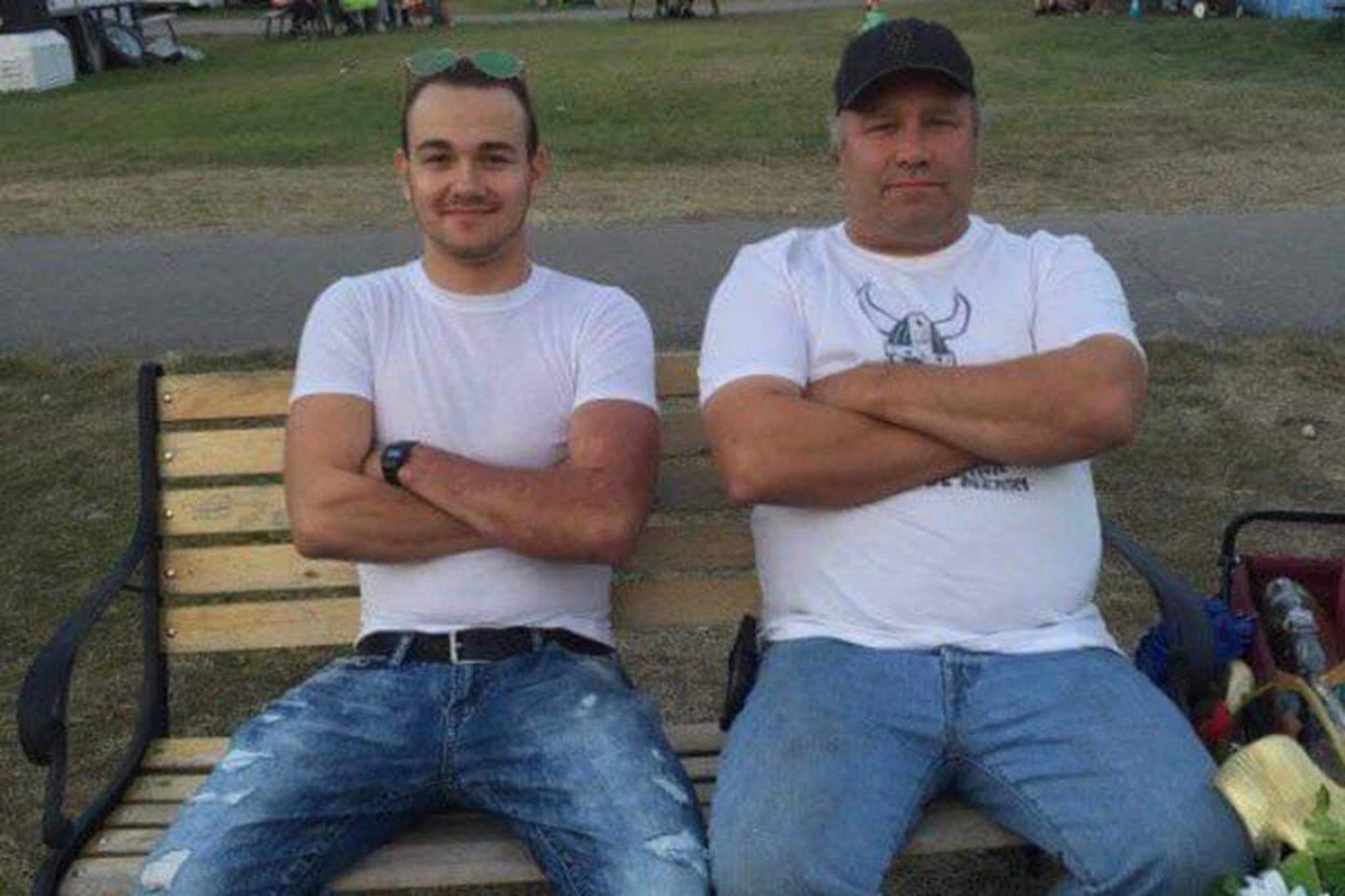Eight months have passed since Cody Dalton Eyre died from multiple gunshot woods in a wooded area near the intersection of two major highways in Fairbanks. And his family still hasn’t been able to get the police to release any of their findings. All they know is every one of the 12 bullets that hit him were fired by five police officers, and that the fatal one entered the back of his head.
[Family prepares lawsuit after police, troopers shoot and kill 20-year-old]
Maybe it’s time to investigate the investigators. Because when comparing this story to other police shootings, an “ordinary person of average intelligence and sound mind would believe,” they’re hiding something.
The quoted language is the legal definition of reasonable belief. Six months ago I used it in a column in which questioned its application to laws permitting the use of deadly force as a means of self-defense. And I referenced the circumstances of Eyre’s death as a case in point.
[Opinion: The gun tortured logic of reasonable belief]
According to the press release issued by Troopers the night Eyre was killed, they’d “received a report of a distraught male with a firearm” walking in a rural neighborhood. The 911 call was made by his mother. She was concerned he might hurt himself.
It took more than an hour before responding officers located Eyre. He had walked about three miles without disturbing anyone along the way. They talked. He walked into the woods. The officers followed. And without any other witnesses to corroborate their story, they alleged Eyre “brandished his firearm” toward them.
If the word “brandished” was accompanied by “raised” or “pointed at,” it would rightfully be construed a threat. But alone it merely means “all or part of the weapon was displayed.”
Just a week after I wrote about this, two Sacramento police officers killed 22-year-old Stephon Clark after they saw his weapon. But it turns out Clark wasn’t armed. The officers mistook his cellphone for a gun.
That case should make it clear that the appearance of a weapon doesn’t justify responding with deadly force. It suggests police officers should restrain from firing their weapons until the suspect makes his next move.
The officers who killed Eyre knew he had a gun. Exactly what he did with it is a valid question. If investigators had conclusive evidence Eyre was preparing to shoot, then a reasonable person would expect this case to be closed. It’s not.
So it’s reasonable to ask the following questions:
What evidence was captured by the body cams worn by one or more of the officers?
Is it true that the family was initially told those didn’t exist?
Were the cameras still running after the shooting? Or were they muted like the two Sacramento officers inexplicably did as soon as they walked away from the scene?
And why haven’t they been released?
Wrongly withholding video evidence is what elevated the 2014 shooting of Laquan McDonald into the national spotlight. Now, former Chicago police officer Jason Van Dyke is awaiting trial on charges of first-degree murder.
From the outset, Van Dyke claimed he feared for his life. But the dashcam videos captured by two of the eight squad cars at the scene clearly show McDonald was walking away from Van Dyke when he fired his first shot. And he fired 15 more while McDonald was on the ground.
Several months after the videos were made public, three other officers were charged with conspiring to “conceal the true facts of the events surrounding” LaQuan’s death. Their trial is set for November.
But one of the accusations contained in that indictment — “mischaracterizing the video recordings” — doesn’t explain how investigators initially concluded the shooting was a justifiable homicide. Didn’t they examine all the evidence? And why did it take a whistle blower, Freedom of Information Act request and a judge’s order for the department to release the incriminating videos?
An “ordinary person of average intelligence and sound mind would believe” the coverup in Chicago involved more than those three officers. And wonder how far up the law enforcement chain of command it went.
Given the circumstances surrounding Eyre’s case, it’s not unreasonable to question the police actions the night he was killed. Or to ask why the Fairbanks Police Department and Alaska State Troopers are withholding the evidence from his family.
• Rich Moniak is a Juneau resident and retired civil engineer with more than 25 years of experience working in the public sector. He contributes a weekly “My Turn” to the Juneau Empire. My Turns and Letters to the Editor represent the view of the author, not the view of the Juneau Empire.

